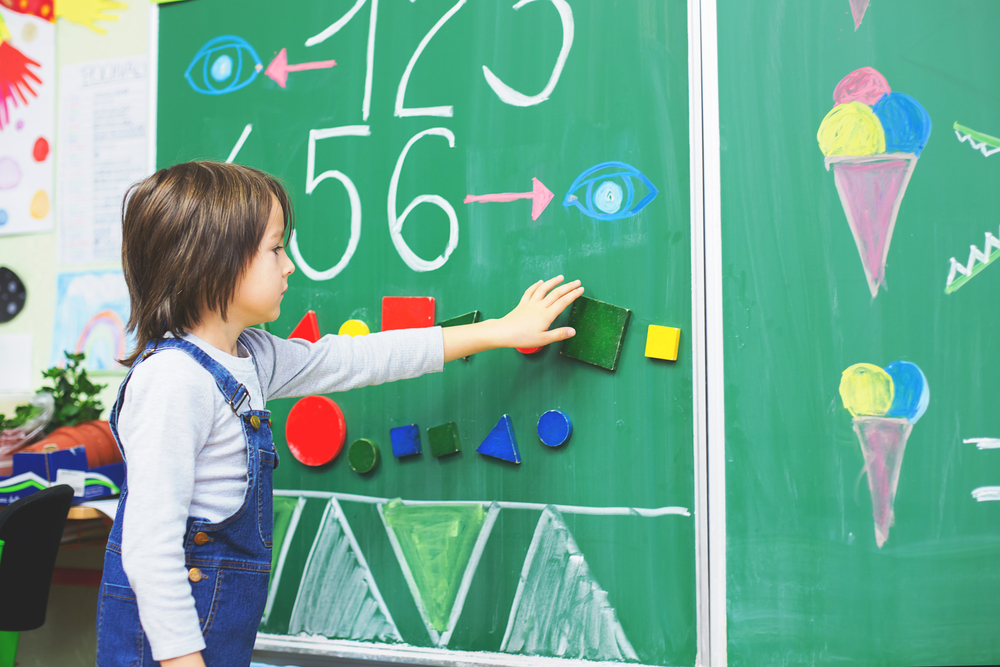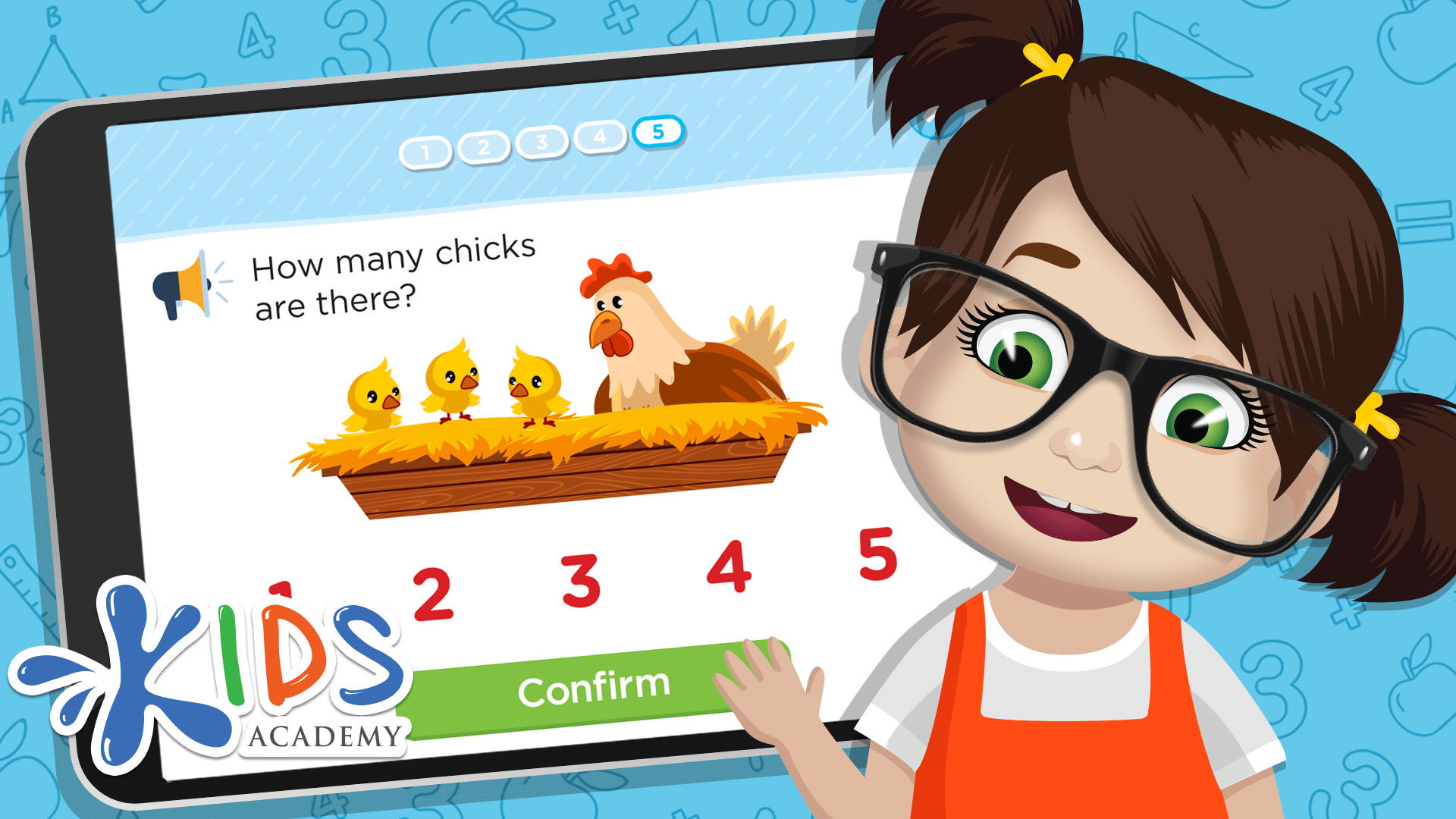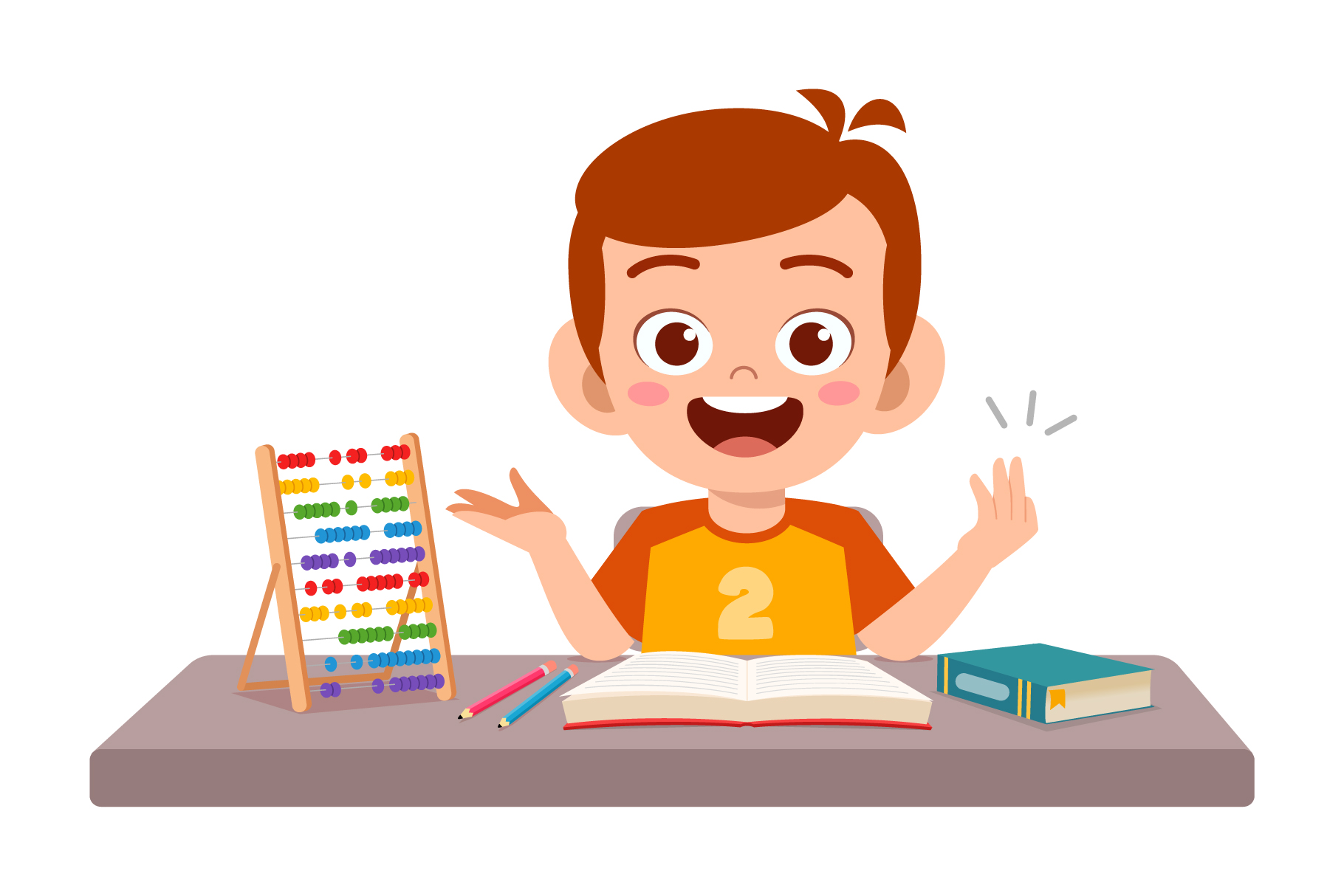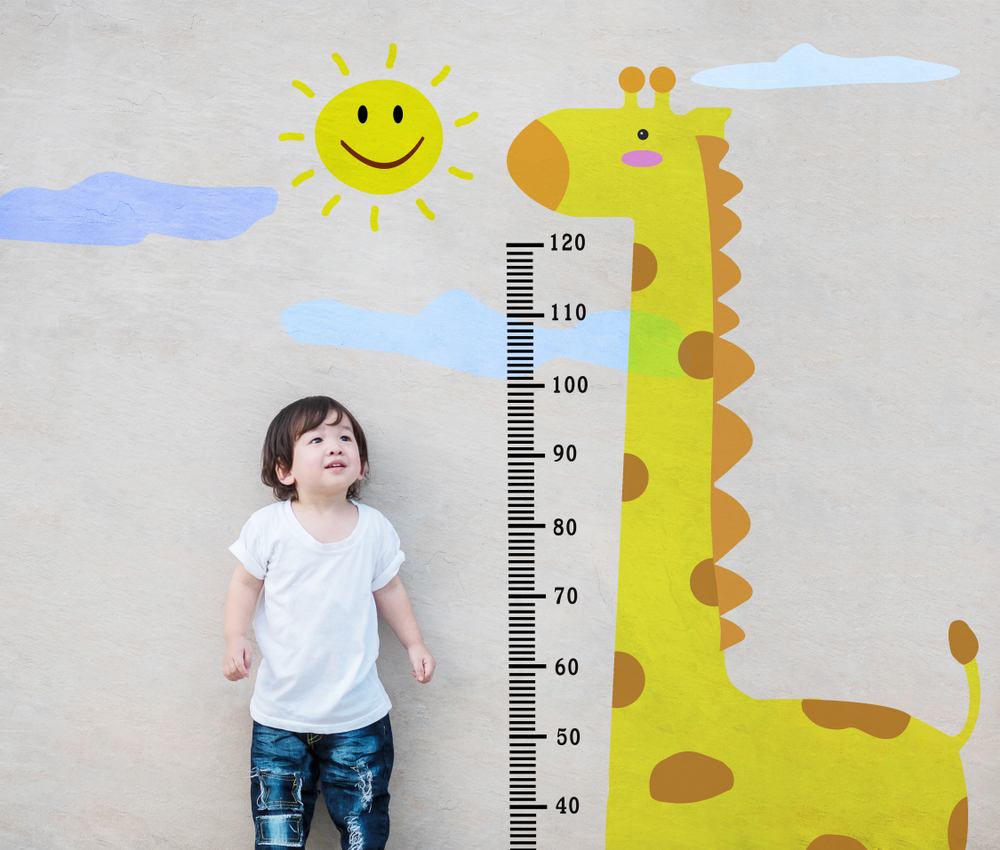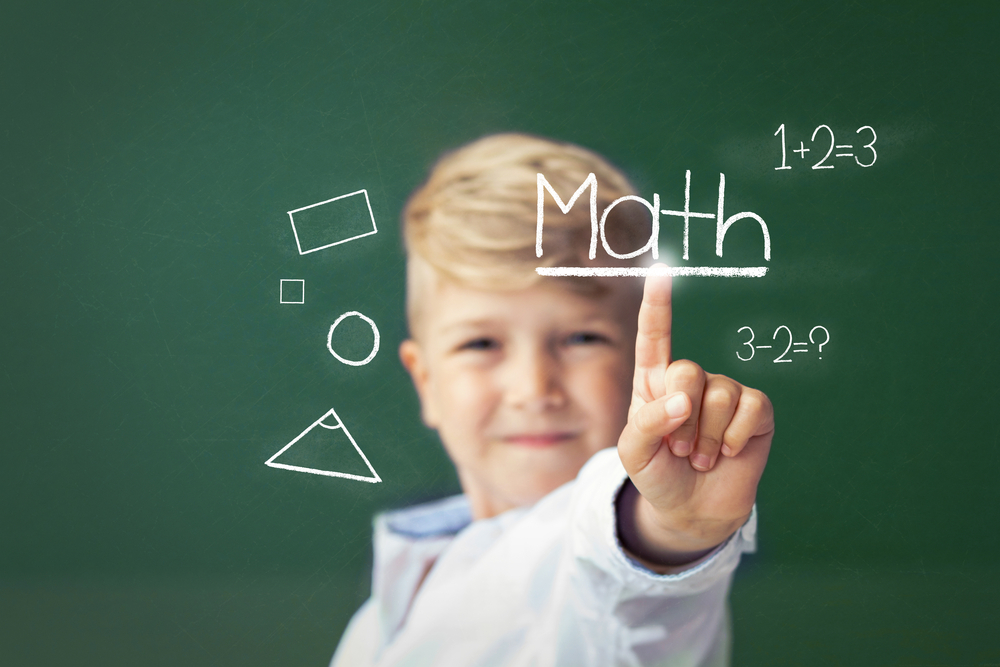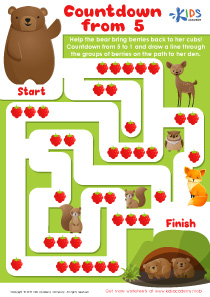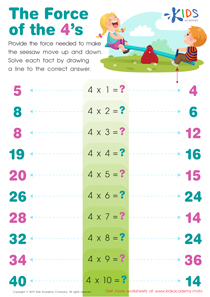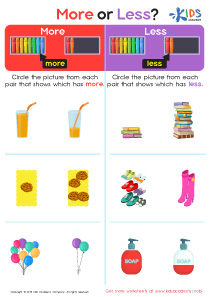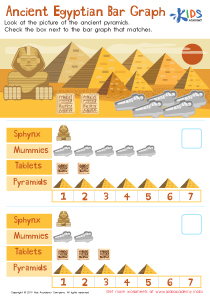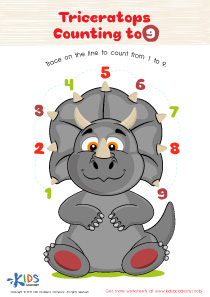Understanding measurements Easy Measurement Worksheets for 8-Year-Olds
6 filtered results
-
From - To
Unlock the world of measurements with our Easy Measurement Worksheets designed for 8-year-olds! These engaging, kid-friendly worksheets help young learners grasp essential measurement concepts, from length and weight to volume and temperature. Each worksheet provides fun activities that encourage hands-on learning, making complex ideas simple to understand. Whether you’re helping your child at home or looking for classroom resources, our printable worksheets promote confidence and foster a love for math. Explore and measure together with fun examples and colorful visuals that make learning dimensions easy and enjoyable! Kickstart your child’s measurement journey today!
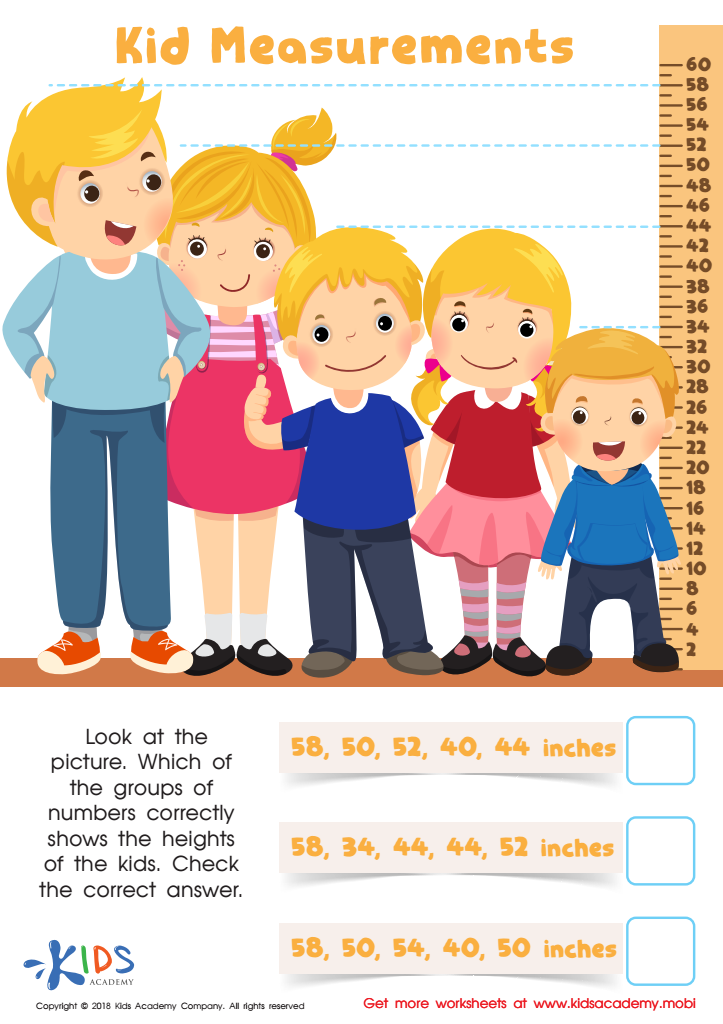

Kids Measurements Worksheet
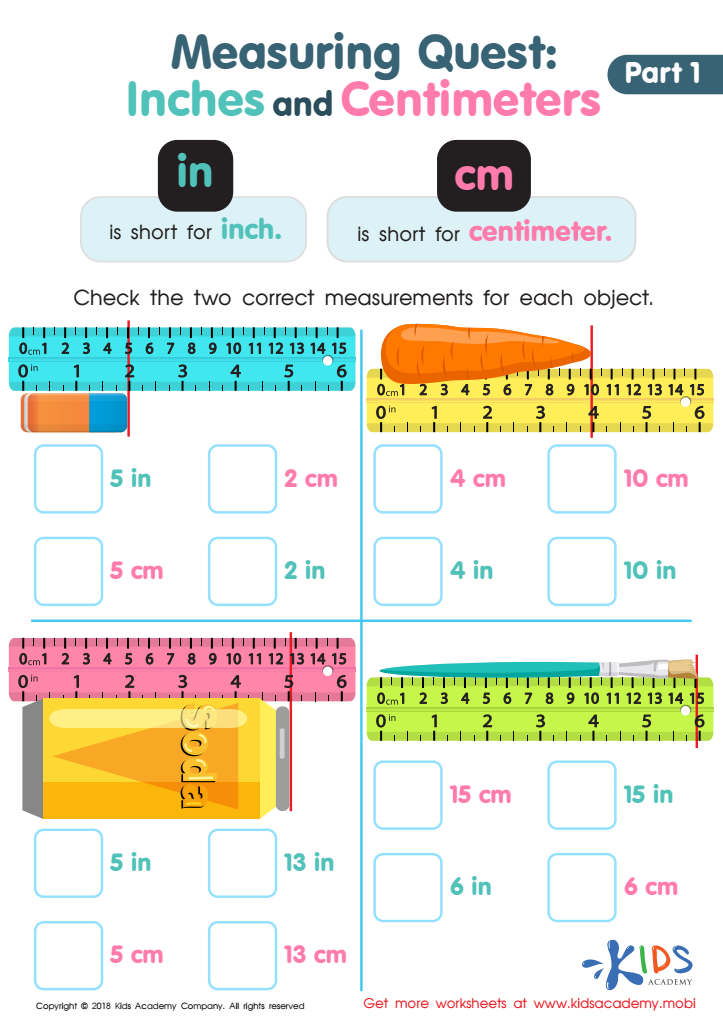

Measuring Quest: Inches and Centimeters Worksheet
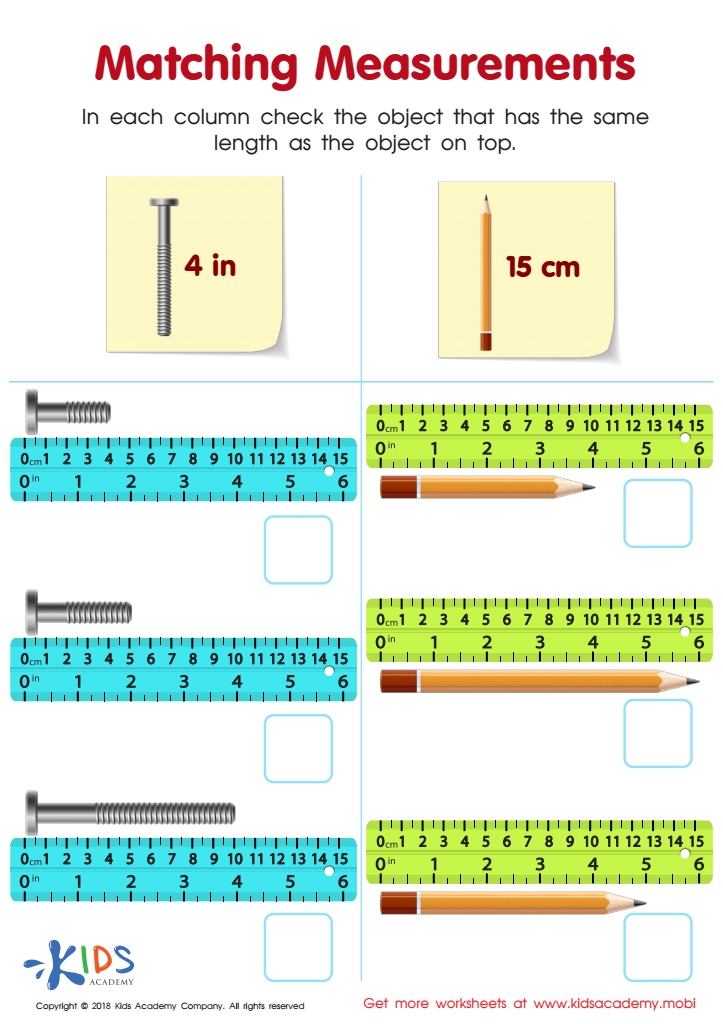

Matching Measurements Worksheet
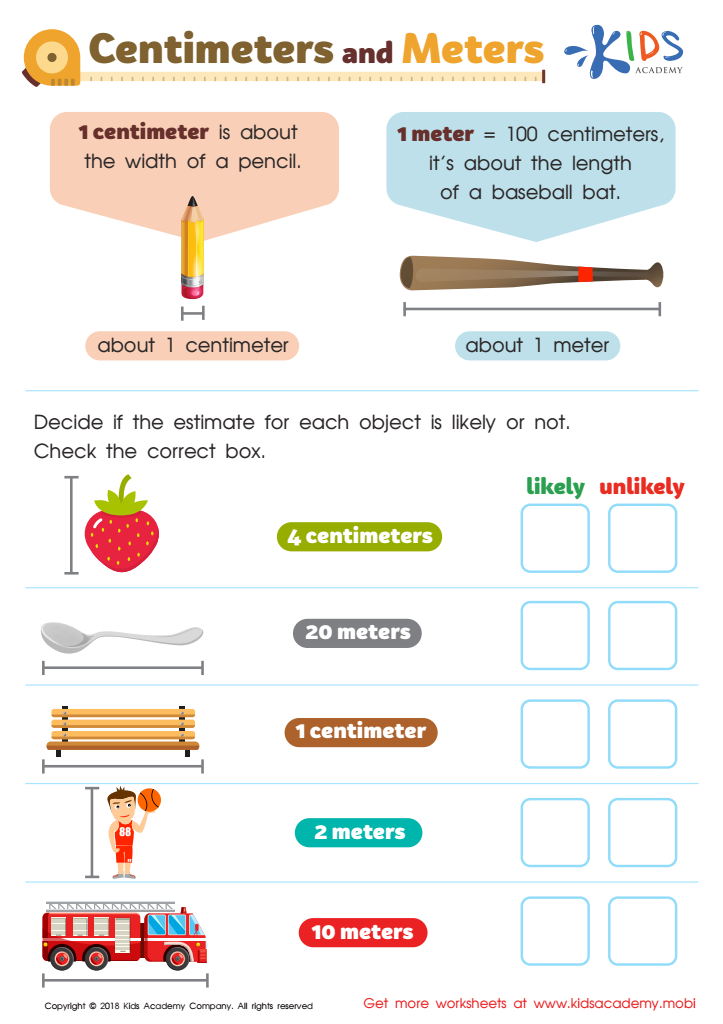

Centimeters and Meters Worksheet
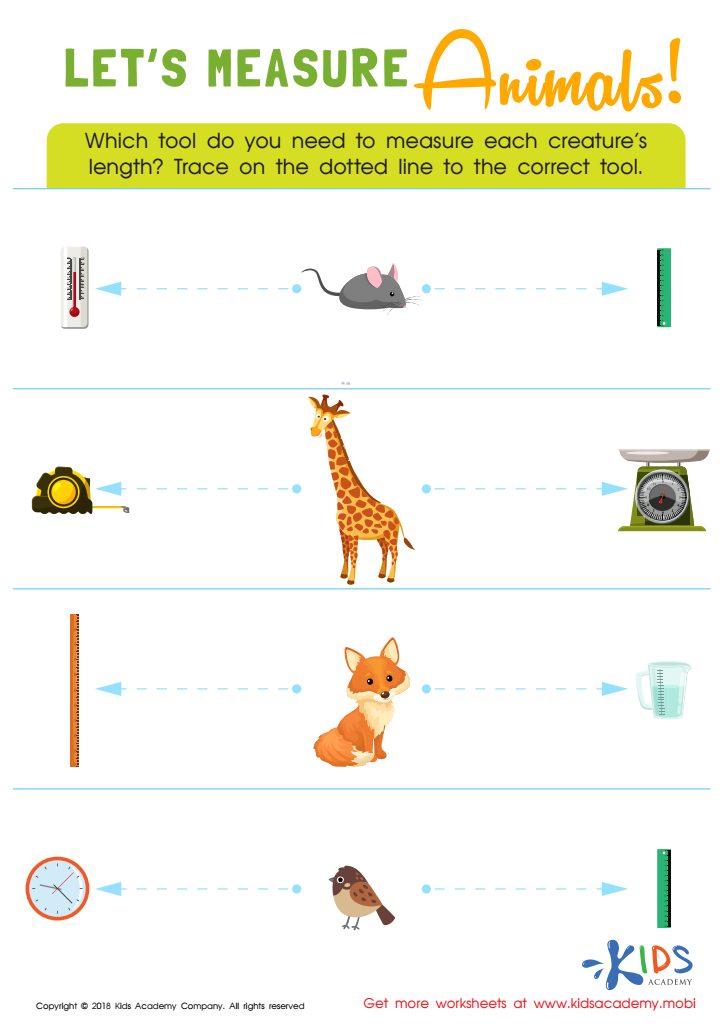

Let's Measure Animals! Worksheet
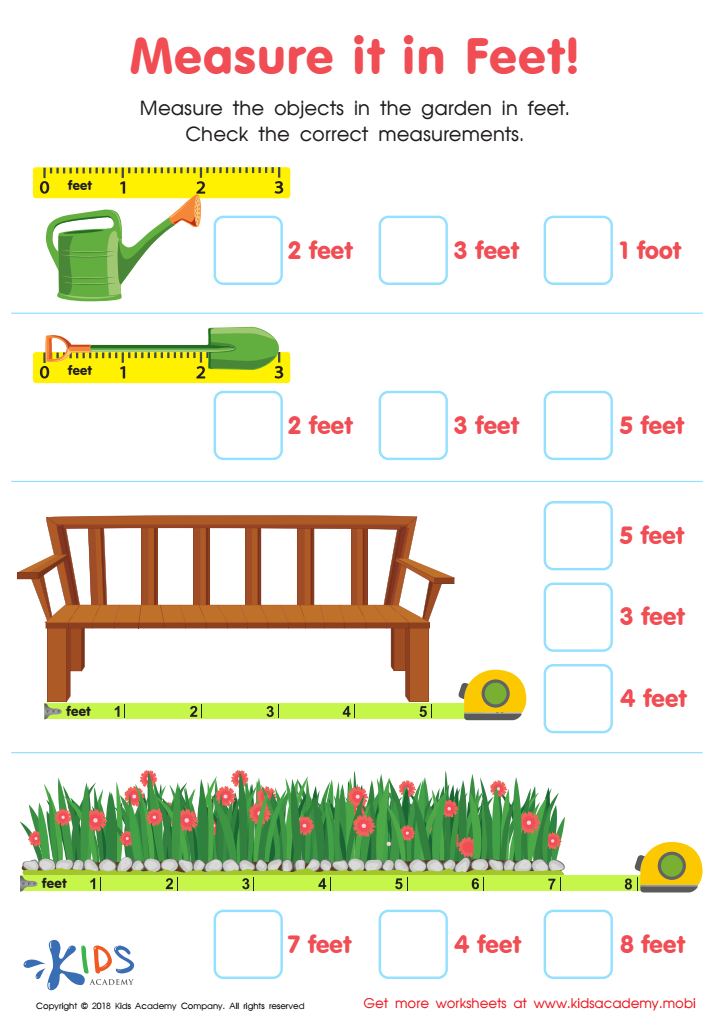

Measure it in Feet Worksheet
Understanding measurements is crucial for 8-year-olds, as it lays a foundational skill for various aspects of life and learning. Parents and teachers should care about this subject because it enhances children’s everyday experiences. Grasping measurement concepts—like length, weight, and volume—enables children to perform daily tasks, such as cooking, shopping, or even engaging in sports.
Furthermore, measurement literacy contributes to critical thinking and problem-solving abilities. Children learn to compare sizes, estimate quantities, and understand units, fostering a practical understanding of the world around them. When students master these concepts, they become more confident in handling mathematical challenges, which can lead to greater success in school.
Additionally, measurement is not just confined to math; it intersects with science, geography, and even artistic pursuits. For instance, measuring ingredients in a recipe is a valuable application of measurement in cooking, while understanding scale is key in art projects. By focusing on easy and relatable measurement activities, educators and parents can make learning enjoyable and relevant, promoting an innate curiosity and stimulating lifelong learning.
Ultimately, cultivating measurement skills at this age empowers children to navigate both academic and real-world scenarios effectively.
 Assign to My Students
Assign to My Students





